No one cheers for a satellite. But these days, it might be the most important figure in your team’s backroom staff. From Manchester City to middle school training grounds in Texas, GPS wearables and AI-powered tracking tools are quietly reshaping football. The days of guesswork and “run it off” are over. Now, every sprint, turn, and deceleration is tracked — not just measured, but interpreted, often in real time. The result? A game that’s faster, smarter, and more surgically analyzed than ever before.
Tracking the Invisible: From Distance Covered to Fatigue Markers
GPS tech used to tell coaches one thing: how far a player ran. Useful, but blunt. Today’s trackers go granular. They monitor accelerations, directional changes, heart rate variability, and something called “metabolic power load” — a measure of how much energy a player is burning in real time.
Here’s what a typical data output looks like from a 90-minute match:
| Metric | Value | Implication |
| Total Distance | 11.4 km | Normal for elite midfielders |
| High-Speed Runs | 68 | Above-average intensity |
| Top Speed | 34.2 km/h | Peak sprint capability |
| Accelerations > 2 m/s² | 112 | Indicates high-intensity play style |
| Fatigue Index | 0.83 | Approaching threshold for overuse |
This data isn’t just for Monday film sessions. Live feeds mean coaches can pull a player the second his deceleration rate hints at fatigue. Preventative substitutions aren’t just strategic — they’re now backed by biomechanics.

AI Doesn’t Sleep — And It Sees Everything
Forget just raw numbers. AI is changing the very language of performance. Algorithms now analyze thousands of hours of match footage, breaking down patterns imperceptible to humans. Coaches aren’t just looking at who ran the most. They’re studying micro-spatial awareness, scanning behavior, and off-ball movement clusters.
In a 2024 La Liga match, Real Sociedad used AI to identify that their left back’s scanning frequency dropped by 22% after the 70th minute. He was subbed immediately. Two years ago, that wouldn’t have even been a datapoint.
The Tools That Teams Are Quietly Obsessed With
Below are the five most adopted tech systems across Europe’s top five leagues — not just worn, but obsessed over:
Top 5 performance technologies in use:
- Catapult GPS Vests – Tracks over 100 data points including G-force and limb symmetry.
- STATSports APEX Pro Series – Used in training and matches; tracks position to within 10cm accuracy.
- Zone7 – Injury prediction software used by Liverpool and Roma.
- SkillCorner – AI software that analyzes off-ball movements from broadcast footage.
- KINEXON – Ultra-wideband trackers used in Bundesliga to support tactical spacing analysis.
These tools aren’t for show. Bundesliga clubs have reported a 28% drop in soft tissue injuries since adopting AI-backed load management protocols.
Tactical Impacts: The New Language of Pressing
The ripple effects hit the chalkboard too. Coaches now design pressing systems based on “load zone fatigue,” a metric that maps how long a player can sustain high-intensity bursts in specific zones.
So instead of pressing uniformly, teams stagger their efforts. A winger with a low fatigue index presses the backline aggressively, while a striker may conserve energy to overload in the final 20 minutes. Tactics are no longer drawn from philosophy — they’re drawn from physiology.
Where It’s Going Next: Mind over Miles
The next frontier? Cognitive load tracking. Teams like Brentford and Bologna are piloting headband-style EEG sensors that monitor how mentally sharp players stay throughout a match. Fatigue, after all, isn’t just muscular — decision-making declines can lead to positioning errors and missed coverages long before legs give out.
Data is no longer the sidekick. It’s the co-pilot. And if the last decade of football was about style and possession, the next might be about recovery curves and neurological freshness.
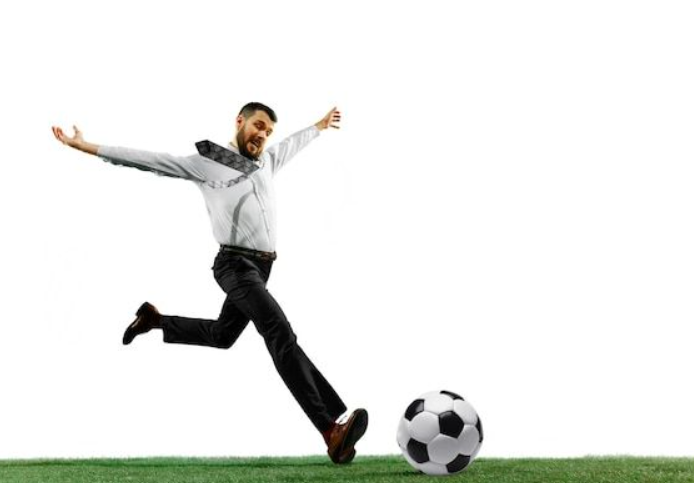





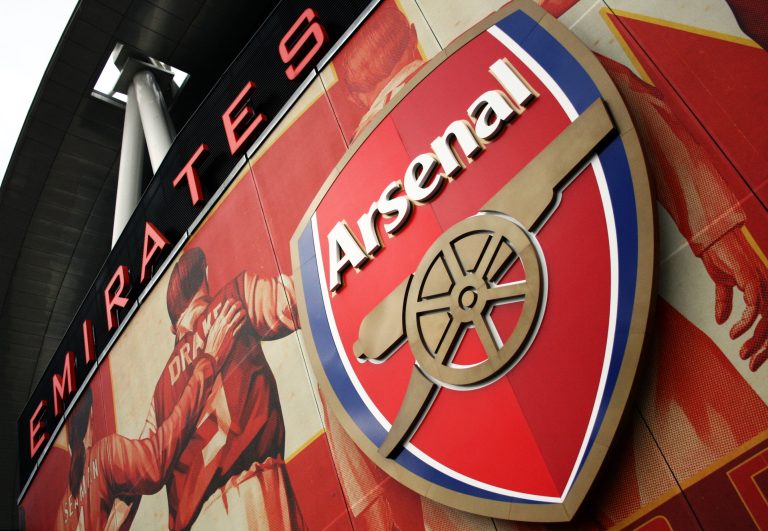
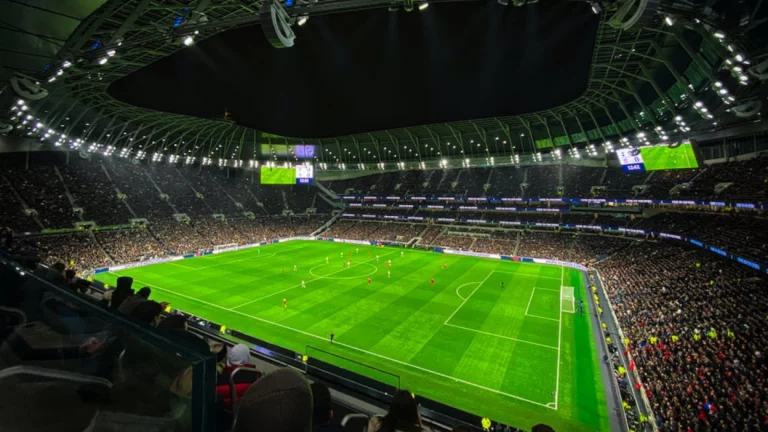
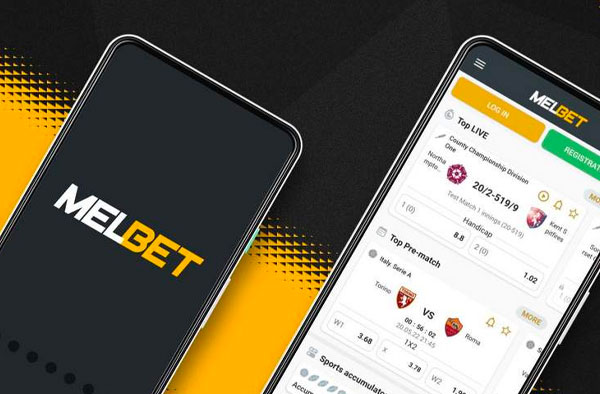
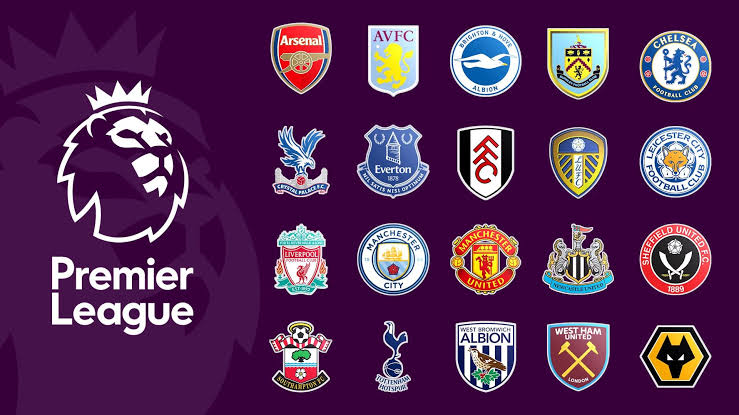

+ There are no comments
Add yours